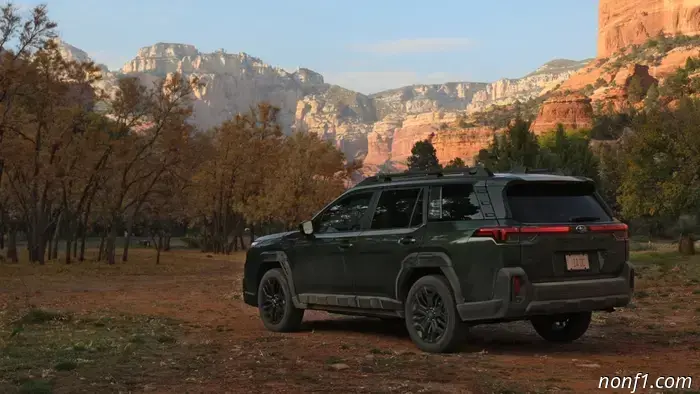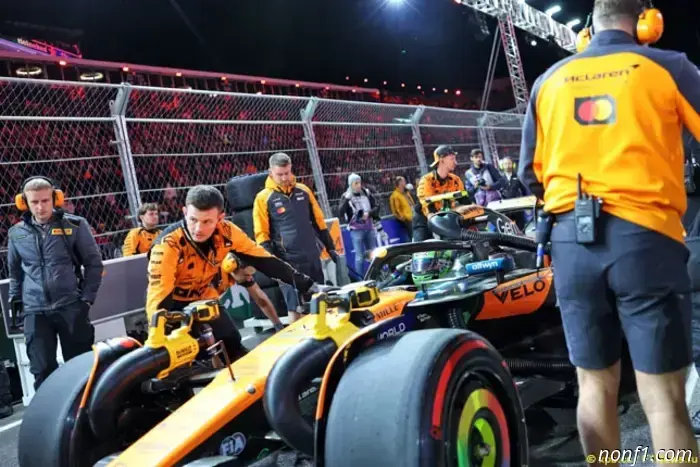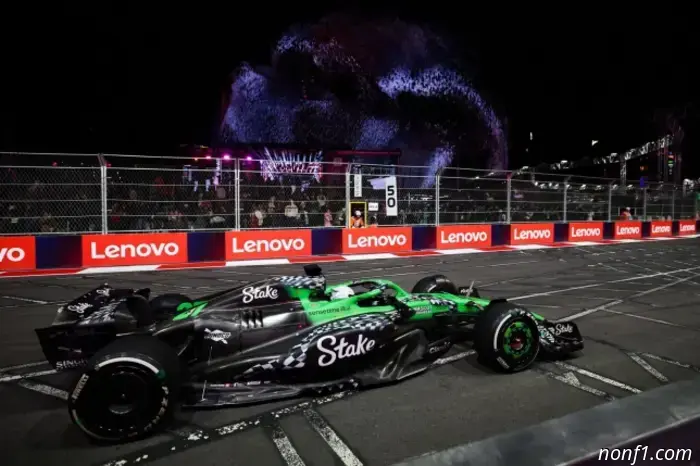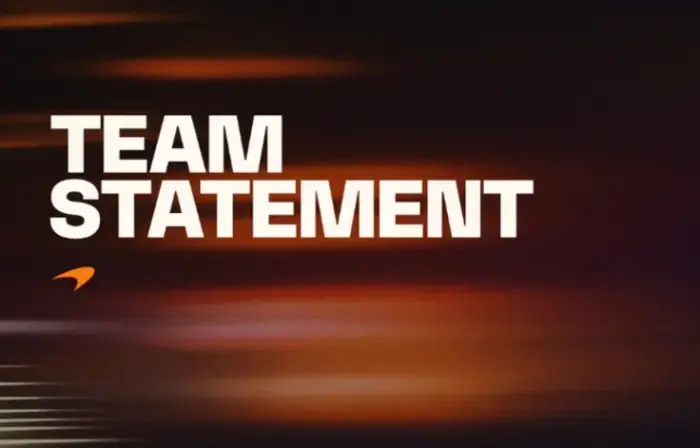
The 2026 Subaru Outback Is Actually Still a Wagon—But Keep It Under Wraps from the SUV Fans.
The latest car news and reviews, straightforward and honest
Our free daily newsletter brings you the essential stories right to your inbox every weekday.
At the launch of the 2026 Subaru Outback, the company’s program manager shared numerous stories from her extensive interactions with current Subaru owners. If you've ever worked in customer service, you know that customers can be quite expressive – they often say the most unexpected things. A recurring message from Subaru’s owners was their desire for the Outback to have more interior space. Sounds easy, right? But there was a caveat: they didn’t want the vehicle itself to increase in size.
Automotive engineers have tirelessly sought to enhance both passenger and cargo space since the advent of the automobile over 200 years ago, so the request isn't entirely unreasonable. However, we have reached a point where increasing space yields diminishing returns. Safety features such as crumple zones and compartments designed for airbags have consumed much of the extra space that modern unibody structure offers. With existing space largely occupied, the only alternatives are to expand outward (lengthening or widening the vehicle) or upward.
While Subaru has long embraced a rugged identity for its mainstream vehicles, it has also resisted the urge to convert its lineup into conventional SUVs. This is the same company that produced a raised Legacy sedan. And before you mention the Crosstrek, it’s merely a rebranding of the Outback Sport, which was itself a re-branded Impreza Wagon designed for the Australian market.
The Outback has notably upheld its wagon characteristics, contributing nearly a quarter of Subaru’s U.S. sales alongside the Crosstrek and Forester, leaving the other six models (Impreza, WRX, Ascent, Legacy, BRZ, and Solterra) to compete for the remaining share. Such sustained success is hard to overlook, and Subaru was cautious about diverging from a successful formula.
Subaru adapted the Outback’s existing dimensions to design a new shape that appears tougher and more SUV-like without significant increases in size. Although the previous model seemed softer, a closer look reveals that the overall silhouette remains primarily unchanged; the curves have been smoothed out. The rear quarter windows illustrate this change well; the previous curvy kink has been replaced with a trapezoidal shape.
When comparing the two models side by side, the transformation is quite striking. The rear of the 2026 model suggests a higher roofline and elevated third-row seating position, hinting at an SUV design, but the new version is only 1.4 inches taller than its predecessor. This slight increase provides more headroom for both front and rear passengers, which was a common request from taller drivers. It also allows Subaru to advertise a higher cargo volume, as the additional vertical space benefits the hatch area.
That increased volume may have limited practical use (or none if you utilize the included privacy cover), but the taller and more vertically oriented rear opening facilitates the transport of taller items, such as appliances or televisions. Subaru has also made the rear opening larger and squarer, accommodating longer items without interference from the rear glass.
If we reflect on the Outback Wilderness that debuted in 2022, we can trace the roots of this generation's design language. The new model builds upon this foundation. The addition of standard ladder-type roof rails and a more pronounced rear spoiler enhance the rugged appearance, yet it's still very much a wagon beneath it all.
Have a news tip? Reach out to us at [email protected]!








Other articles
 Lando Norris and Oscar Piastri have been disqualified.
The stewards of the Las Vegas Grand Prix disqualified McLaren drivers Lando Norris and Oscar Piastri for their cars' non-compliance with the technical regulations.
Lando Norris and Oscar Piastri have been disqualified.
The stewards of the Las Vegas Grand Prix disqualified McLaren drivers Lando Norris and Oscar Piastri for their cars' non-compliance with the technical regulations.
 Hülkenberg: The team did an excellent job.
The Las Vegas Grand Prix was the fourth consecutive race in which the Sauber team scored points...
Hülkenberg: The team did an excellent job.
The Las Vegas Grand Prix was the fourth consecutive race in which the Sauber team scored points...
 The stewards explained the disqualification of the McLaren drivers.
The stewards explained the disqualification of the McLaren drivers.
The stewards explained the disqualification of the McLaren drivers.
The stewards explained the disqualification of the McLaren drivers.
 McLaren apologized to its drivers.
After the FIA's official documents on the disqualification of both McLaren cars were published, the team issued a statement in which its management, among other things, apologized to Lando Norris and Oscar Piastri...
McLaren apologized to its drivers.
After the FIA's official documents on the disqualification of both McLaren cars were published, the team issued a statement in which its management, among other things, apologized to Lando Norris and Oscar Piastri...
 Las Vegas Grand Prix: All quotes from the weekend
All Las Vegas Grand Prix materials on one page — news, commentary, articles, interviews and results...
Las Vegas Grand Prix: All quotes from the weekend
All Las Vegas Grand Prix materials on one page — news, commentary, articles, interviews and results...
The 2026 Subaru Outback Is Actually Still a Wagon—But Keep It Under Wraps from the SUV Fans.
Owners requested that Subaru design the new Outback to hold more cargo without increasing its size. This is what they came up with.
